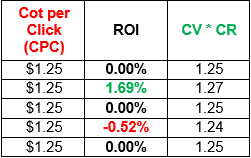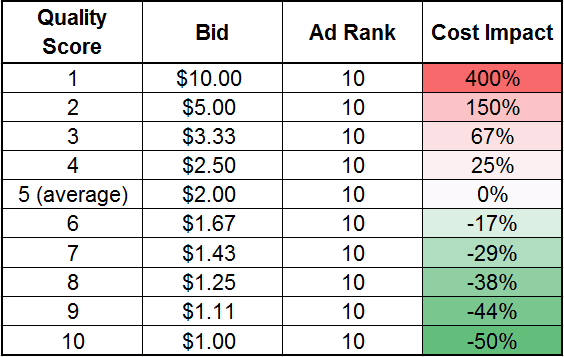DaBrian Marketing Group recently hosted a Google Partners Connect event in which local business owners participated in a video-based seminar on effective practices of digital marketing. The video featured speakers that described important factors in constructing a business’ digital marketing presence.
Digital Marketing Strategies & Solutions
The speakers, Aditi Manwani and Frederick Vallaeys, listed thirteen goals that should be prioritized when developing a digital marketing campaign:
- Be There: Mobile interactions with digital media dominate the consumer’s world. Businesses should be present at these moments to capture the attention of consumers.
- Be Useful: Businesses should provide a use to consumers. The content to which a consumer is exposed must be valuable to the person’s current situation – such as a How-To video when the person needs instructions on the completion of tasks.
- Be Accountable: Businesses should accompany consumers from the initial impression to the ultimate purchase through repeated exposure and interactions. Businesses should continually expose their brand’s information to consumers to build familiarity and trust – an example is a business responding to negative reviews.
- Be Found on Google: Before consumers become customers, they must have knowledge of a business’ existence through its presence on Google Maps.
- Make It Easy for Customers to Connect: Whether it is via a mobile device, email, or telephone, businesses should communicate their brands to consumers in ways that will create accurate expectations.
- Connect at Moments that Matter: Searchers give clues to their intent through the words they use to search. Businesses should ensure that their content is focused on the searcher’s intent to lead them to the most appropriate information – such as reviews, pricing, specific products/service offerings.
- Use Ad Extensions: On the results page of a keyword search, subheadings under the main link of a business offer consumers further resources that may be helpful to their current situations. This kind of ad extension is related to a 30% increase in the lead-generation for businesses.
- Manage Reviews: Businesses should respond to, and not delete or hide, negative reviews. They should attend to concerns, fix problems, and grant consumers some kind of compensation for unsatisfactory experiences.
- Be Found Across the Internet: Businesses should be accessible across different pages of different websites. This is possible through advertising on the Google Display Network.
- Advertise When You Need It: Research on the usage of a brand will give information as to when consumers most often use it. With this knowledge businesses can better capitalize upon the current needs of consumers at any given moment.
- Be Found for Product Searches: When consumers search the internet for retail-products, retail businesses should appear on the results page with Shopping Ads or Product Listing Ads that consist of images and price-related information.
- Reconnect with Prospects: Advertising to existing customers of a business and previous visitors to a business’ website encourages them to return to the site with which they are already familiar.
- Manage Targets: Businesses should ensure that their objectives are reasonable and measurable. Goals must align with the existing brand and be feasible according to the best practices of digital marketing.
Conclusion
The Google Partners Connect event at DaBrian Marketing Group succeeded in communicating valuable information about digital marketing to local business owners. This information was presented by a trusted source – Google. DaBrian Marketing Group’s status as a Google Partner allowed this event to benefit local businesses.





